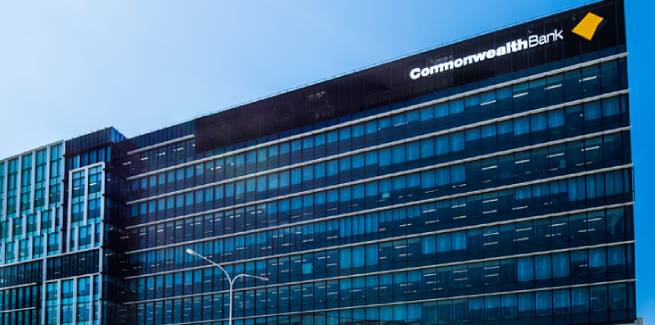StepPay, which CBA customers were able to download into their digital wallets and start using from Wednesday, can be used anywhere Mastercard is accepted and spreads payments over four fortnightly instalments (when purchases run higher than $100).
The product has been made available to 4 million CBA customers, with around 86,000 customers having already pre-registered before launch.
It links to an eligible CBA bank account, with no ongoing fees.
There is a late fee for customers of $10 per missed instalment payment, although there are caps applied, with a maximum of two late fees per purchase, one late fee a day and 12 late fees a year.
Customers will also be blocked from spending through StepPay until they have enough available funds in their repayment account.
The launch has followed the rollout of CBA’s interest-free credit card CommBank Neo earlier this year. The bank also backed the Australian distribution of Swedish buy now, pay later (BNPL) provider Klarna.
However, CBA chief executive Matt Comyn has previously argued for more regulation of the BNPL sector, stating providers should be held to similar standards as other lenders.
On the StepPay launch, CBA executive general manager Marcos Meneguzzi commented: “We know BNPL is a popular choice among customers, but is hampered by its limited use and availability in only retailers and businesses.
“With StepPay, customers have freedom around where they’d like to shop, offering the same accessibility as our other CBA cards.”
He added the BNPL offering could benefit smaller businesses, who might be charged high fees to offer other products in the sector. The product has no additional costs on top of standard service fees.
“With no additional merchant costs or integration costs, StepPay levels the playing field and allows for businesses to better compete,” Mr Meneguzzi said.
Like credit cards, StepPay will run eligibility and credit checks, with eligible customers needing to show evidence of regular income or deposits into a CBA transaction account to cover repayment instalments.
The BNPL offering will not be available to customers in arrears or in hardship.
Customers are also subject to internal and external credit assessments.
StepPay has an initial spending limit of up to $1,000.
Banks have leaned into the BNPL sector, after the success of players such as Afterpay and Zip. But an executive from Zip recently accused banks of anticompetitive behaviour against providers, saying institutions had told home loan applicants they would need to delete their BNPL account if they wanted to secure a mortgage.
A NAB report showed BNPL became the fourth most common type of debt held by consumers in the March quarter, maintaining a hold on 18 per cent of Australians. Credit cards remained the most common credit product, held by 41 per cent of consumers.
Citi recently flagged that it would be launching a buy now, pay later product called ‘Spot.’ in October. Pre-registrations have already opened.
Westpac’s New Zealand arm entered into a joint venture agreement with BNPL provider humm group in July, rolling out a product called bundll to the Kiwi market.
Meanwhile, BNPL giant Afterpay is set to be acquired by US payments fintech Square, for around $39 billion.
The Australian fintech previously signalled that it would venture into banking, allowing users to access savings accounts when it launches its Money app in October.
But ASIC published findings in November showing that a fifth (22 per cent) of BNPL customers prioritised paying off BNPL debt over loan repayments or bills.
The regulator had discovered that 21 per cent of BNPL users had missed a payment in the prior 12 months and 5 per cent had missed mortgage repayments in order to pay off their BNPL debt.
[Related: NAB tipped to overtake ANZ]
 ;
;
